Behind barbed wire in Gaza, Palestinians endure starvation and death in harrowing conditions that mirror the Nazi-era ghettos of World War II, grim echoes of a past where confinement, deprivation, and human suffering defined daily existence.
More than eight decades after the tragedy of Nazi ghettos and concentration camps for Jews in Eastern Europe, these haunting images have resurfaced, this time from besieged Gaza.
Photos circulating on social media show hundreds of hungry Palestinians attempting to receive food aid inside metal cages surrounded by barbed wire, in scenes that many describe as a modern-day Nazi ghetto.
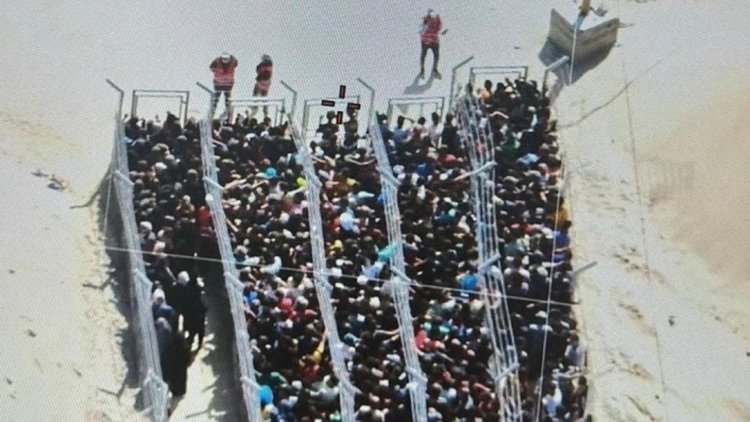
In western Rafah, in the southern Gaza Strip, a simple aid distribution attempt turned into a chaotic and tragic scene as thousands of Palestinians walked from different areas to a distribution point surrounded by wire and overseen by the Israeli-American “Gaza Relief Foundation.”
As chaos escalated, Israeli forces opened fire on the hungry Palestinians, killing three, wounding 46, and leaving seven people missing, the Gaza Government Media Office reported.
The government office described these scenes as “systematic political engineering to perpetuate starvation and dismantle Palestinian society,” emphasizing that establishing what resembles “isolating ghettos” reflects no genuine intention to address the crisis.
The office issued another statement categorically rejecting the creation of “forced isolation camps similar to Nazi ghettos,” considering aid distribution in this manner merely a tool to humiliate Palestinians and impose politicized humanitarian pathways.
The term “ghettos” generally refers to detention centers where Jews were held in Germany during the Nazi period, isolating them from the rest of the population during World War II (1939-1945), where many were killed.
Field observations also revealed that citizens were forced to walk dozens of kilometers in the scorching sun on destroyed roads to reach a distribution point with no infrastructure, which was guarded by Israeli soldiers, snipers, and surveillance cameras.
International human rights organizations described the mechanism as humiliating and purposefully designed to impose collective degradation.
B’Tselem, an Israeli human rights organization, characterized the scene as resembling the “Israeli Hunger Games 2025.”
In western areas of Rafah city, an attempt to distribute food aid devolved into chaos and humanitarian collapse amid escalating famine and a contentious distribution mechanism overseen by Israel in collaboration with a private American company, built on the ruins of residential areas destroyed by the Israeli military during the ongoing extermination war.
The Israeli military announced on Tuesday that it has established four humanitarian aid distribution centers in Gaza, claiming that they are run by international aid organizations and protected by an unnamed U.S. civilian security firm operating in the enclave.
The centers were established in recent weeks and “are operated by international aid organizations and secured by an American civilian security company in the Gaza Strip.”
The military did not name the aid organizations involved in the operation. However, it claimed that the centers are established “in accordance with the directive of the political echelon and close coordination with the United States.”
Nevertheless, the situation on the ground was quite different. Thousands of Palestinians began arriving on foot from the al-Mawasi areas, Deir al-Balah, and Khan Younis due to a lack of a clear distribution system, only to find themselves in a closed security zone surrounded by barbed wire and under constant surveillance by Israeli snipers, drones, and naval vessels.
Systematic humiliation and deliberate chaos
Aid was distributed after citizens passed through narrow corridors lined with metal cages, forced to enter in groups amid tight security procedures and surveillance cameras, before exiting through a similar corridor after receiving a limited food package that did not meet their minimum basic needs.
A small number of Palestinians received aid at first, but a lack of organization resulted in massive chaos and severe crowding, resulting in forces opening fire and injuring several hungry citizens, according to the Gaza Government Media Office.
Field sources confirmed that teams responsible for distribution withdrew from the location, while Israeli forces deployed nearby via land, air, and sea, with no direct presence among civilians.
Coercive and humiliating distribution system
The field scene showed that the mechanism adopted for aid distribution was designed in a way that lacks the minimum level of organization, forcing civilians to walk dozens of kilometers under extremely harsh conditions to a distribution point surrounded by American and Israeli forces.
This mechanism, overseen by a private American company with direct Israeli support, turned aid into a tool for control and a pressure instrument used politically and security-wise to subjugate civilians, rather than being a humanitarian response, according to relief, local, and international organizations.
Organized failure and systematic deprivation
While distribution points were limited to the south, Gaza and the northern governorates received no aid, which observers saw as a clear attempt to force Palestinians to relocate to other areas of the Strip.
Field data confirms that the amount of aid was very scarce and distributed under conditions closer to detention than relief, amid the absence of any effective participation from UN organizations or independent international humanitarian bodies.
Weapon of starvation and subjugation
According to eyewitnesses who spoke to Anadolu Agency (AA), food packages lack sufficient or balanced materials and necessities for children and patients, making them more of a propaganda tool than a humanitarian response.
The Euro-Mediterranean Human Rights Monitor stated that its field team followed the aid distribution mechanism overseen by an American company and guarded by Israeli forces and private American security forces, which was humiliating and fell short of minimum humanitarian standards.
The rights monitor said thousands of civilians were forced to walk long distances to a besieged area before passing through fenced corridors under tight surveillance to receive limited food packages, with no system in place to ensure dignity or fair distribution.
It noted that Israeli occupation forces deliberately humiliated Palestinian civilians by confining them between barbed wires, while the operating company failed to provide adequate humanitarian conditions.
The monitor warned that Israel deliberately disrupted the work of international humanitarian institutions by assigning aid distribution tasks to the Gaza Humanitarian Foundation, an American entity founded with Israeli and American support and managed by private security companies, a move condemned by the U.N. as undermining humanitarian principles and turning aid into a tool for control and forced displacement.
The organization pointed out that what occurred “reflects the utter failure in managing the humanitarian situation and embodies Israel’s continued use of hunger as a weapon of genocide against civilian populations, including through imposing systematic starvation policies aimed at humiliating Palestinian society and completely subjugating it.”
Israel has kept Gaza crossings closed to food, medical, and humanitarian aid since March 2, deepening an already severe humanitarian crisis in the enclave, according to government, human rights, and international reports.
Tel Aviv excluded the U.N. and international relief organizations, instead appointing the Israeli-American Gaza Relief Foundation, which was rejected by the U.N., to distribute extremely limited aid in the southern Gaza Strip areas with the intent to force Palestinians to evacuate and empty the north.
But the Israeli plan failed under the weight of famine after desperate Palestinian crowds stormed an aid distribution center in the southern Strip, prompting Israeli forces to open fire and wound several of them, the Gaza Media Office reported.
The Israeli army, rejecting international calls for a ceasefire, has pursued a devastating offensive against Gaza since October 2023, killing over 54,000 Palestinians, most of them women and children.
Last November, the International Criminal Court issued arrest warrants for Israeli Prime Minister Benjamin Netanyahu and his former Defense Minister Yoav Gallant for war crimes and crimes against humanity in Gaza.
Israel also faces a genocide case at the International Court of Justice for its war crimes against civilians in the enclave.

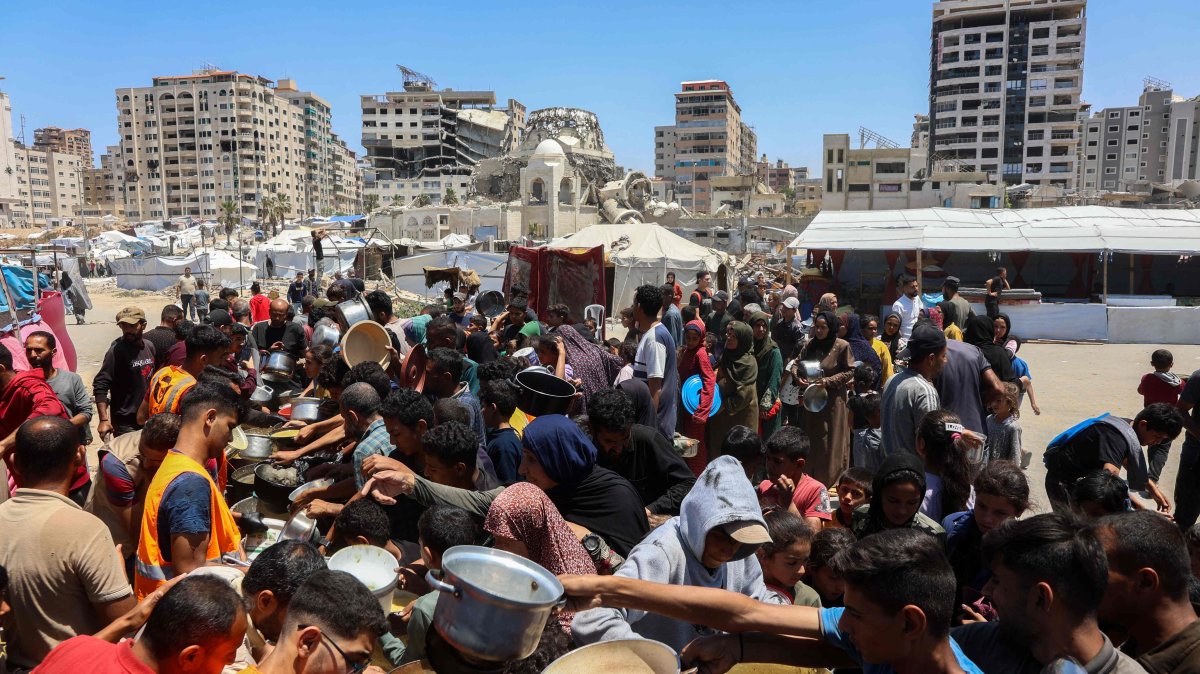
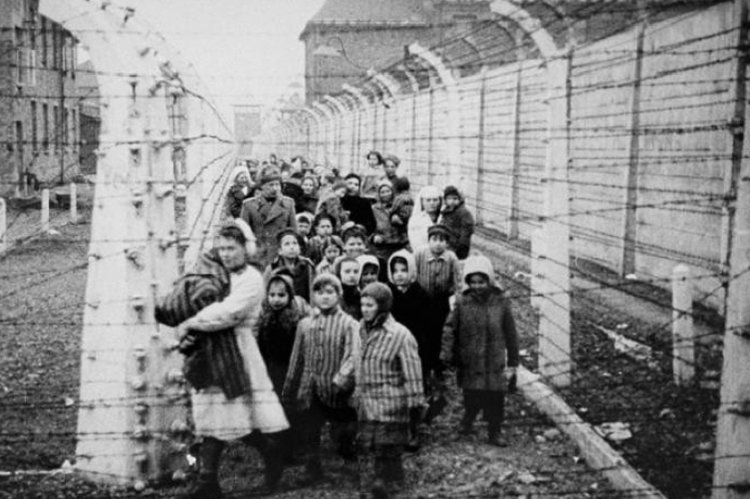


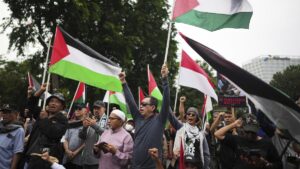
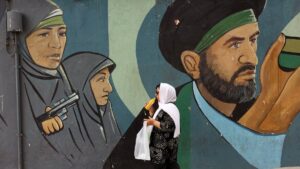
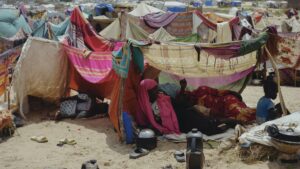

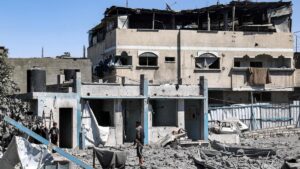



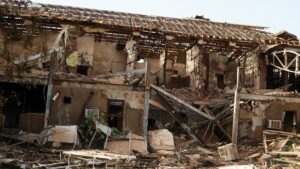






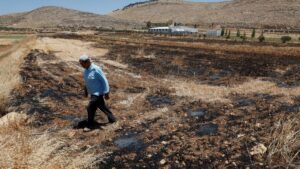
















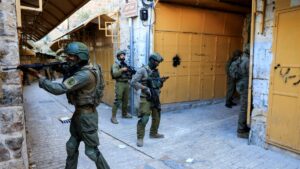
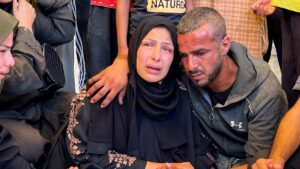

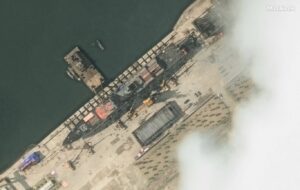


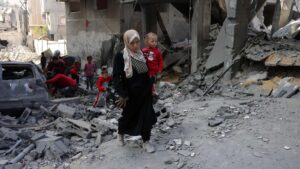





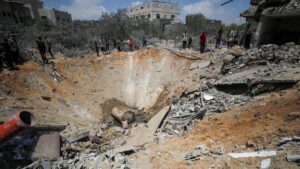



Be First to Comment